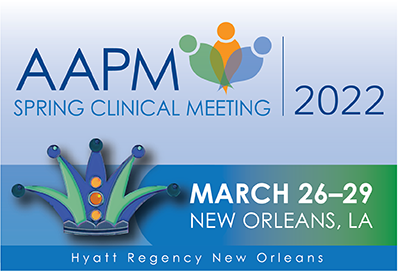Evaluation of Geometric Distortions of Radiosurgery MRI Protocols for Three MR Scanners
Presentations
(Saturday, 3/26/2022) [Central Time (GMT-5)]
Purpose: The Leksell Gamma Knife ICON allows mask fixation and cone beam CT simulation which introduces flexibility for MRI scanning. The MRI scanners used for radiosurgery images were limited and the protocols optimized without stereotactic frame. The purpose of this study is to analyze the geometric distortions of two 3T MRIs and one 1.5T MRI used for radiosurgery.
Methods: The CIRS MR distortion & image fusion head phantom (Model 603-GS) was scanned with T1 MPRAGE 1 mm and T2 SPACE 1 mm series in two Siemens MAGNETOM Skyra 3T MR scanners and one GE 1.5T SIGNATM Artist.An online distortion check application from CIRS was used to analyze the actual and detected coordinates of the grid intersection points over the entire MRI imaged of CIRS MRI distortion phantoms. The distortion results between the detected grid intersections are presented as distortion map overlay to the MRI scans to visualize the magnitude of the distortion corresponding to the locations in images.
Results: The maximal errors of T1 MPRAGE/T2 SPACE for two 3T MRIs and 1.5T MRI are 1.051 / 0.979 mm, 1.004 / 1.056 mm and 1.096 / 0.967 mm, respectively. The average errors of T1 MPRAGE/T2 SPACE from two 3T MRIs and 1.5T MRI are 0.4228 / 0.3721 mm, 0.4136 / 0.4348 mm and 0.3182 / 0.3280 mm, respectively.
Conclusion: This evaluation helps us assess geometric uncertainty in the MR images used for target delineation. The magnitude of the geometry distortions of these three MRI scanners are acceptable for clinical radiosurgery. This distortion check should be performed routinely.
ePosters
Keywords
Taxonomy
IM/TH- MRI in Radiation Therapy: Spatial Distortion/Fidelity
Contact Email



